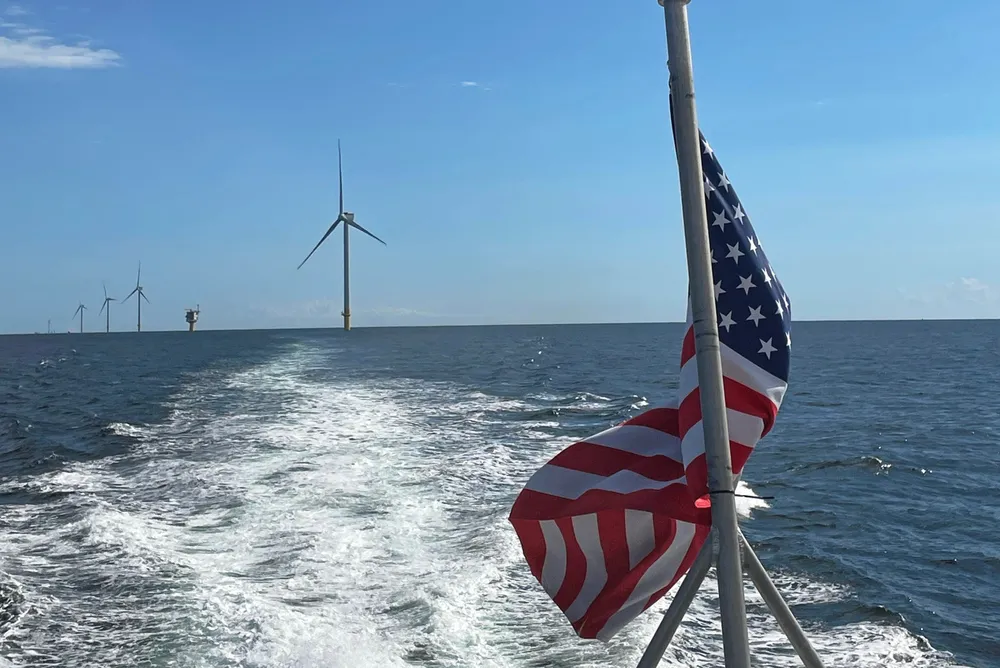US offshore wind in 'second market phase' as holdouts Shell-EDF and US Wind seek higher prices: Oceantic
Industry advocate notes that these two developers were among the last projects bid prior to the onset of inflation in 2022 to renegotiate offtake to meet current costs

US offshore wind is “officially transitioning” into its higher priced second market phase with the confirmation that two of the last projects holding onto cheap contracts have initiated renegotiations for better terms, industry group Oceantic Network said.
Shell-EDF joint venture (JV)Atlantic Shores is seeking higher prices for its 1.5GW array to New Jersey awarded at $59/MWh, while US Wind has likewise proposed new terms to Maryland for two arrays awarded at $132/MWh and $71.6/MWh, Oceantic confirmed in its Q3 market report.
With Atlantic Shores and US Wind proposing new financial terms to state utility boards, “the US market is officially transitioning from its first offtake market phase to its second,” Oceantic said.
The projects were awarded in 2017 or 2021 and had until now avoided joining the 75% of offshore wind projects totalling over 13GW cancelled or renegotiated following the surge in inflation and financing costs that started in 2022.
Global prices for the sector skyrocketed 30% or more over the last two years and National Renewable Energy Laboratory now estimates costs of $125/MWh, a 45% spike over last year.
Nearly 4GW of cancelled capacity has since been re-contracted at higher prices, including Orsted’s 920MW Sunrise and Equinor’s 810MW Empire Wind 1 to New York for an estimated average $150/MWh, a significant uplift from their 2019 prices of $83/MWh.
Another 2.6GW has been submitted in multiple state rounds including New Jersey and New York, both of which are considering giga-scale proposals of both new and resubmitted capacity for their recently closed solicitations.
“States continue pushing the market forward with determination, agreeing to new offtake agreements and quickly opening and closing new procurement rounds,” Oceantic said.
Along with 4.5GW of new capacity, US capacity under contract has nearly returned to pre-inflation-era highs to reach 15GW.
Federal momentum
The federal side has also seen remarkable momentum, with 15GW of capacity fully approved by Bureau of Ocean Energy Management (BOEM), with 310MW already generating power for the grid and around 4GW under construction.
Supply chain
LS Cable & System also announced a new $700m manufacturing facility slated for Hampton Roads, Virginia, underpinned by a $99 million tax federal tax credit.
Supply chain investment slowed in the quarter, though, typical of “slowing of private investment in the run-up to the federal presidential election,” Oceantic said.
(Copyright)